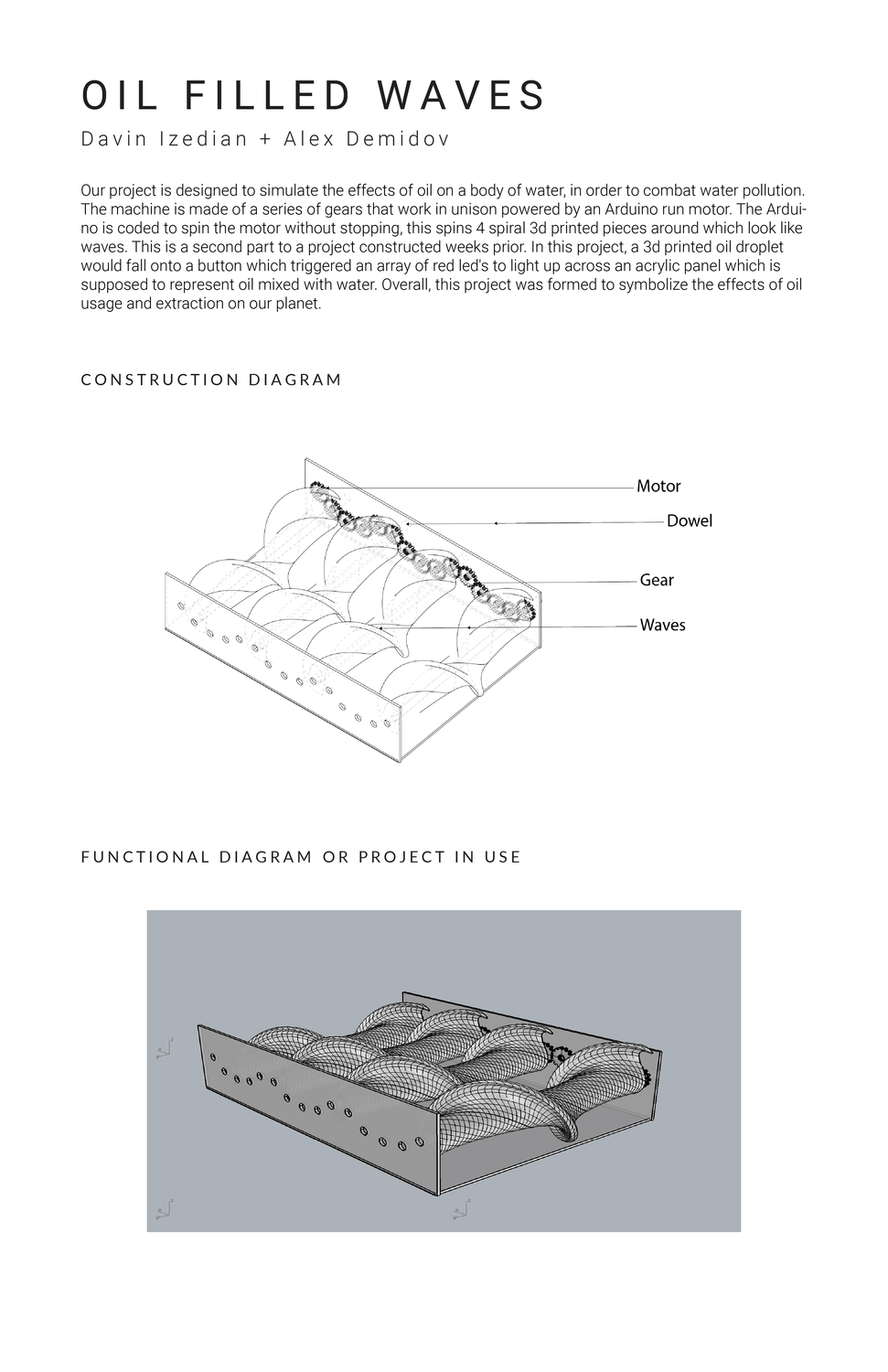Jacob Creem: Modern society seems to acknowledge yet forget the detrimental impact humans have on the world's oceans. While many have attempted to turn this cognizance into actual action, the oceans are still suffering drastically. In fact, it is predicted that by 2034 the near 5.25 trillion pieces of micro and macro plastics that currently inundate the world's marine and coral life, will nearly double. In an attempt to make a decisive change, 'A Dearth of Fish' was created; the installation of three coral artifacts aims to remind viewers of the dire state of the oceans by allowing them to compare one beautiful, one bleached and one trashed colony of fabricated coral.
'A Dearth of Fish' grew out of the desire to make interaction with a modern art piece memorable through an immersive experience. From a distance, each coral piece looks like a regular polyp cast to a Rockite surface. Closer examination reveals a world of colors, textures, and gradients. Through the utilization of a Load Sensor, LEDs, and an Arduino System, the installation lights up an array of coral strands and coral polyps. In each colony, hot glue dribbles are used to make tall skinny coral pieces, and clumps of aluminum foil are used to make smaller polyps. With a mixture of disparate coral elements, the installation aims to realistically replicate a coral colony in three different states. The bleached colony is completely white and bleak, the trashed colony is inundated with scrap plastics, and the healthy colony is vibrant with an abundance of colors. To enable interactivity, the Arduino System is connected to a wooden board with three Load Sensor buttons, each labeled with a certain action a viewer can take and causing LEDs to shine brighter when the buttons are pressed. If a viewer chooses to press the recycling sticker, the beautiful colony lights up; if they choose the plastics option, the trashed colony lights up; and if a viewer chooses the fossil fuels option, the bleached coral option will light up. 'A Dearth of Fish' urges viewers to make better decisions, consonant with a beautiful, vibrant sea.
The original installation has been modified by the addition of a wooden pedestal that displays all three coral pieces. The pedestal is painted gray, with black and white streaks through it, and houses additional polyps on its exterior, to appear as a rock with coral growing on it. Further, the placement of the LED's has been reconfigured so that the lights reflect onto the coral pieces, instead of just illuminating the pedestal they were positioned on. Now, a small Arduino box, made of transparent acrylic, reflects its blue light onto each coral colony when the corresponding button is pressed on the button board.
Ethan Donaldson:
Three models of a coral are shown, from its prime life stage, to its bleached rotting phase, and finally a lifeless, polluted husk. This interactive artifact informs about the tragic stages of a decaying coral by using touch sensor lights to connect a simple everyday action to the way it affects coral reefs, alge, and fish alike.
This project, A Dearth of Fish, stands to remind consumers around the world that the endless amounts of stuff they produce and don't reuse has consequences. Recognizing a problem and making people aware of it are the first steps toward solving that problem. In this age, pollution and climate change are the biggest threats facing Earth. In this age, we consume in many different ways. Through prepackaged foods, buying pointless objects, burning fuel, the Earth becomes more polluted. A.D.o.F, however, is consumed visually. The project consists of three coral models; one healthy, one bleached, and one polluted- the sculptures are accompanied by buttons that have icons that capture basic everyday activities related to climate change. The interactive artifact aims to express the links between those and the corresponding coral sculpture. For example, recycling and renewing energy buttons would be hooked up to lights on the healthy coral to show that eco-friendly actions result in healthy ecology. Furthermore, burning oil and littering, which are pollutants, have the opposite effect, and illuminate dead, corrupted coral. A.D.o.F is made simply for everyone on planet Earth, because everyone has a carbon footprint that can be reduced with the right course of action, and action starts with education. The piece could be installed at coastal national parks, aquariums, or could be used simply as a visual guide for students.
:rotate(0)/8ecrkdhkicisoms4omcrdefn372u)
:rotate(0)/73825rk2f9j98stehzfgx7fa52y3)
:rotate(0)/vixtxvd90ew3e678sbvamulmjktq)
:rotate(0)/p34z5jevzobc1hmslwfrgnqcwwlp)

:rotate(0)/aqx9t13tsgocimcjywpom6z7xnxd)
:rotate(0)/uvs7irgp9ustvloihucxiwr86jp6)
:rotate(0)/d1tq6pvwylqz282x75dd8v0zd460)
:rotate(0)/d1tq6pvwylqz282x75dd8v0zd460)
:rotate(0)/d1tq6pvwylqz282x75dd8v0zd460)